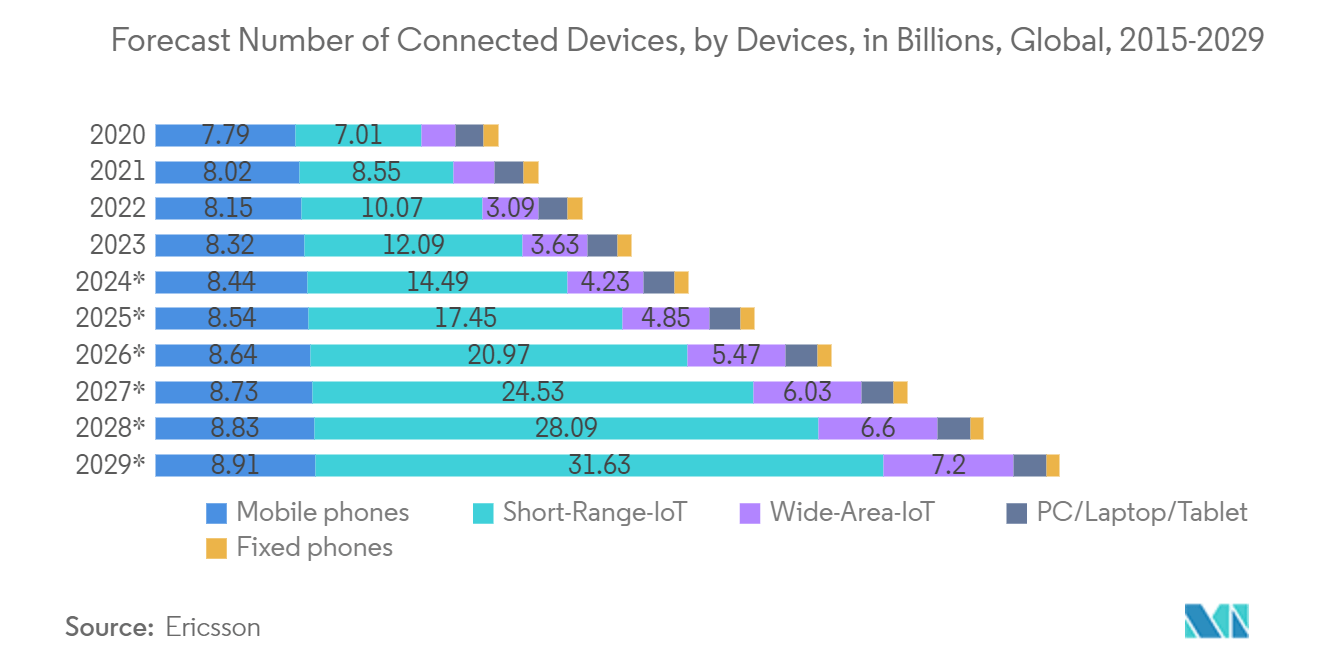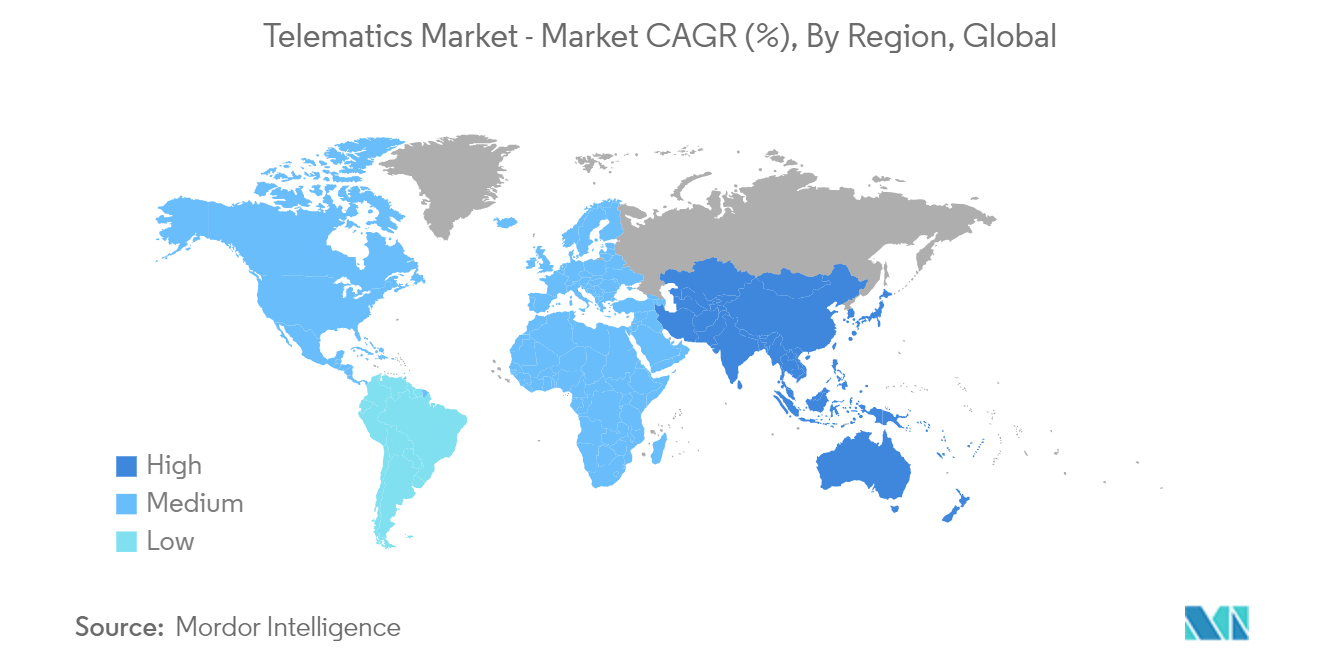Market Trends of Telematics Industry
Smartphone Solution is Expected to Hold a Major Market Share
The global telematics market is experiencing rapid growth, driven by advancements in connected vehicle solutions and their increased adoption across industries such as automotive, transportation, and logistics. Key trends shaping the market include the rising importance of smartphone-based telematics and significant expansion in the Asia-Pacific region.
- Smartphone-based solutions: These solutions are becoming dominant due to their efficiency and accessibility. Fleet management telematics increasingly relies on smartphone apps, offering features such as GPS tracking, driver behavior monitoring, and vehicle diagnostics without needing specialized hardware.
- Fuel efficiency and performance analytics: Telematics data analytics within smartphone apps is transforming business operations by providing real-time insights into fuel consumption, driving behavior, and vehicle performance.
- Usage-based insurance (UBI): Smartphone telematics also supports UBI, where telematics data helps insurers calculate premiums more accurately based on driving behavior. This cost-saving benefit is driving its adoption within the insurance industry.

Asia Pacific is Expected to Witness Significant Growth
The Asia-Pacific region is witnessing significant growth in telematics adoption, largely driven by the rising demand for connected cars and IoT-enabled telematics solutions.
- China's automotive market: China is experiencing a boom in connected car telematics, with systems offering advanced features like real-time tracking and diagnostics. Government policies promoting telematics to reduce emissions and enhance traffic flow are contributing to this growth.
- India's logistics sector: In India, telematics adoption in logistics and transportation is increasing as companies seek to optimize routes and improve fuel efficiency through cloud-based systems.
- Japan's telematics innovation: Japan continues to lead telematics innovation, particularly in integrating telematics with IoT for connected car ecosystems. Japanese automakers are at the forefront of developing next-generation telematics solutions.


